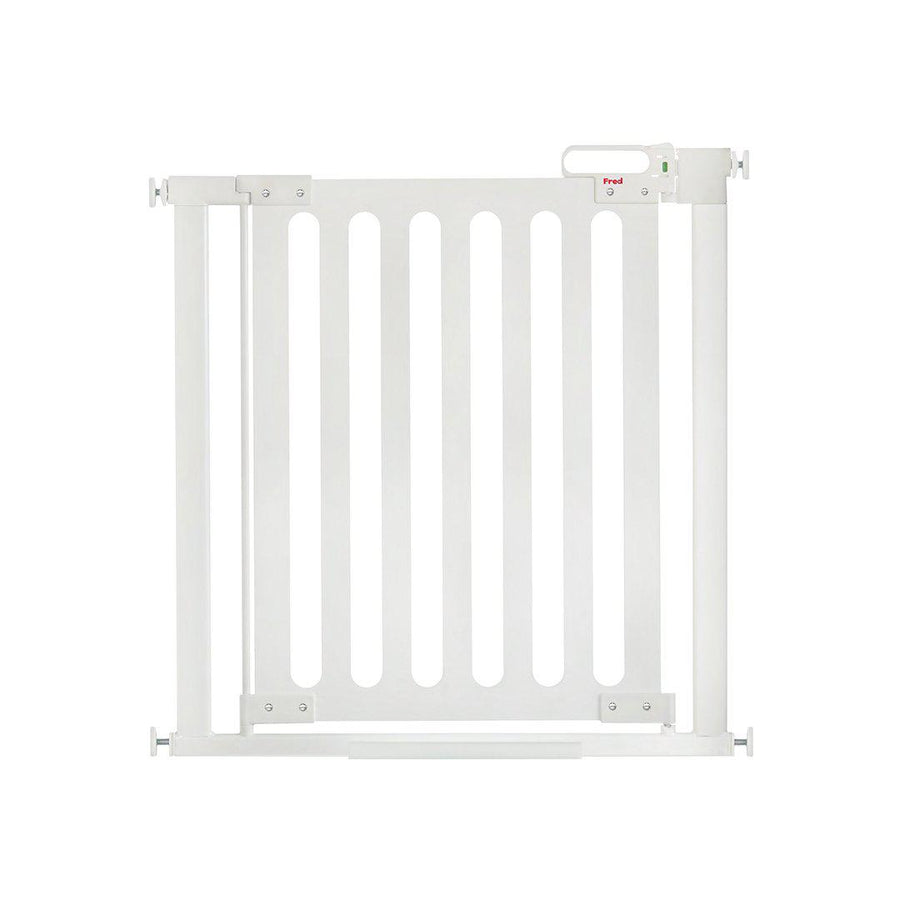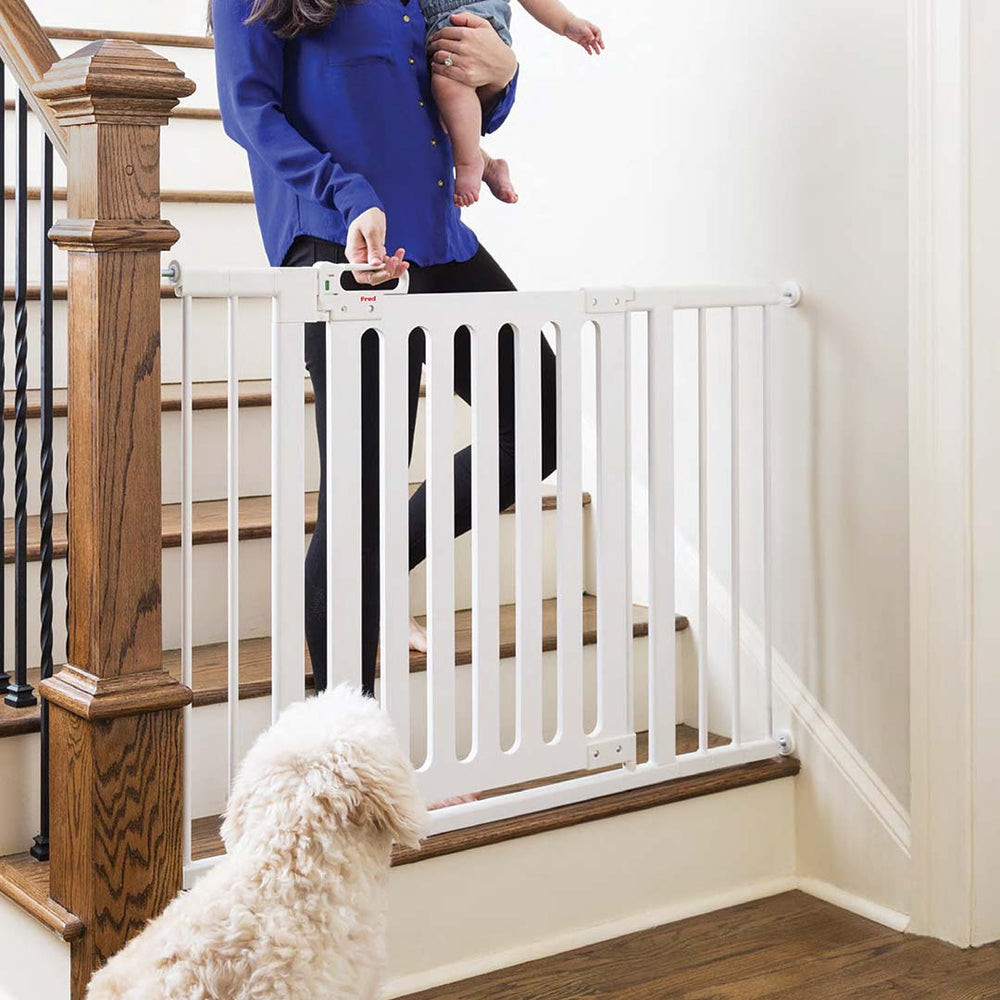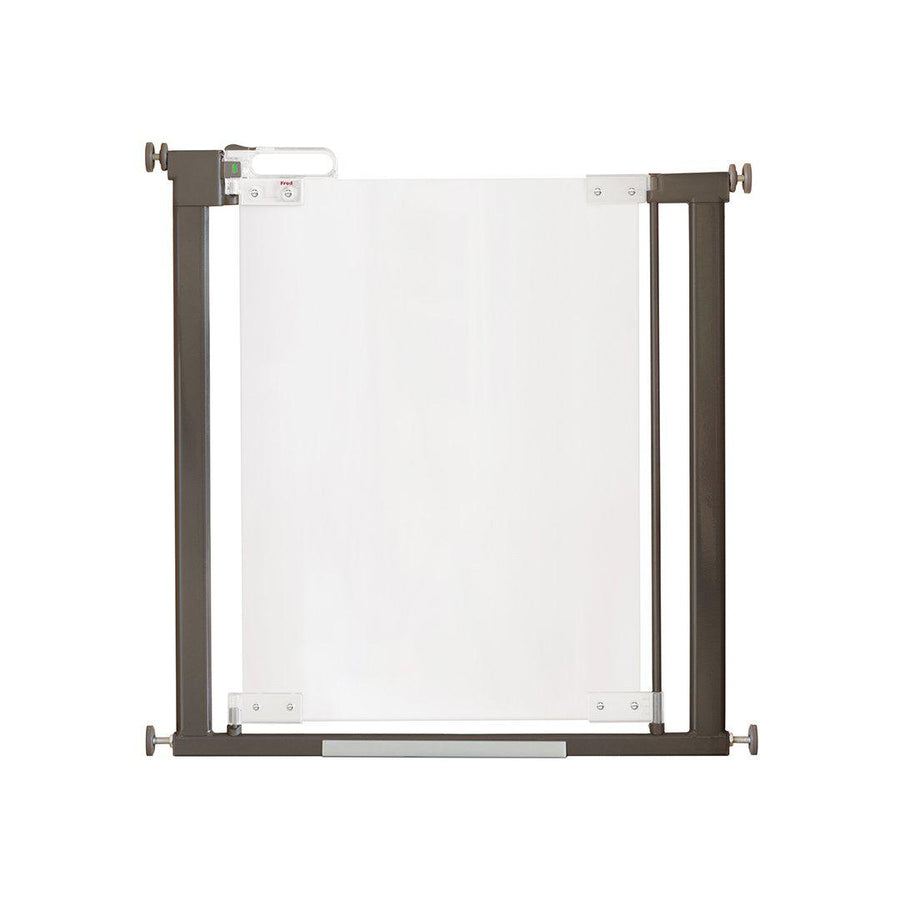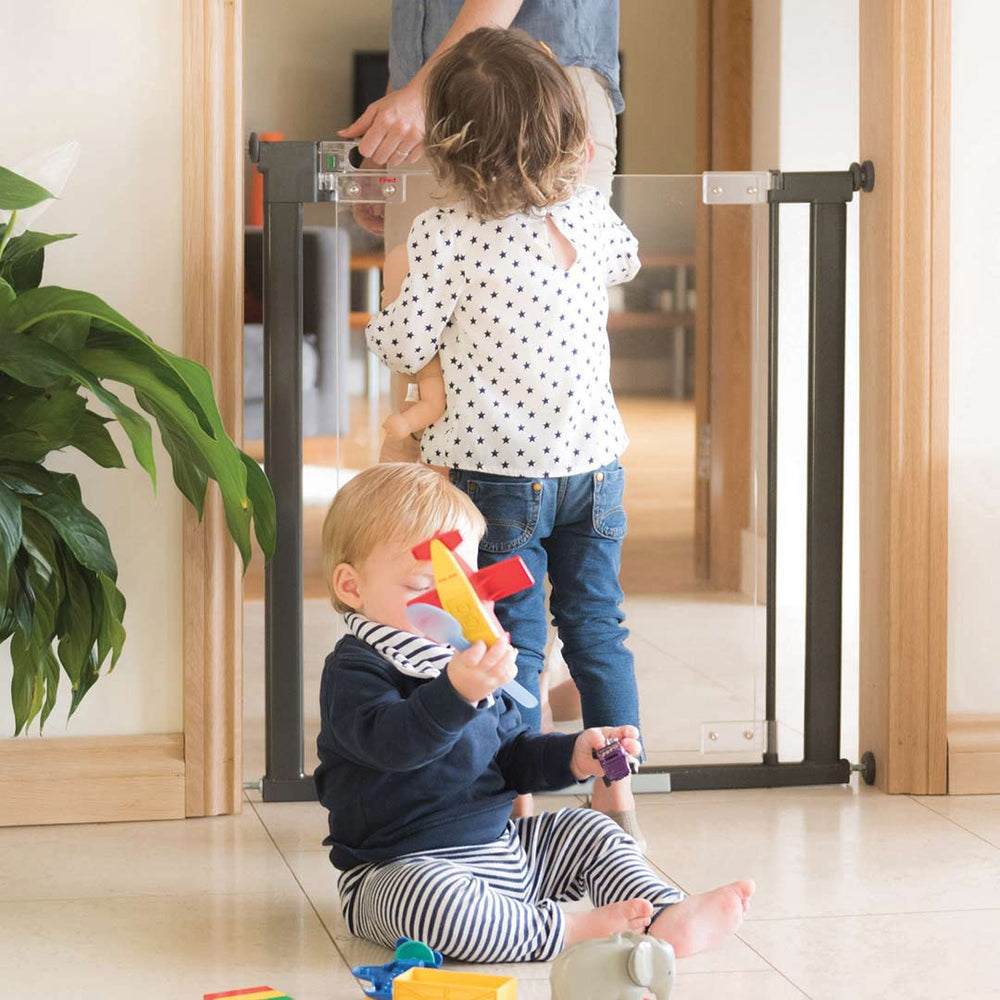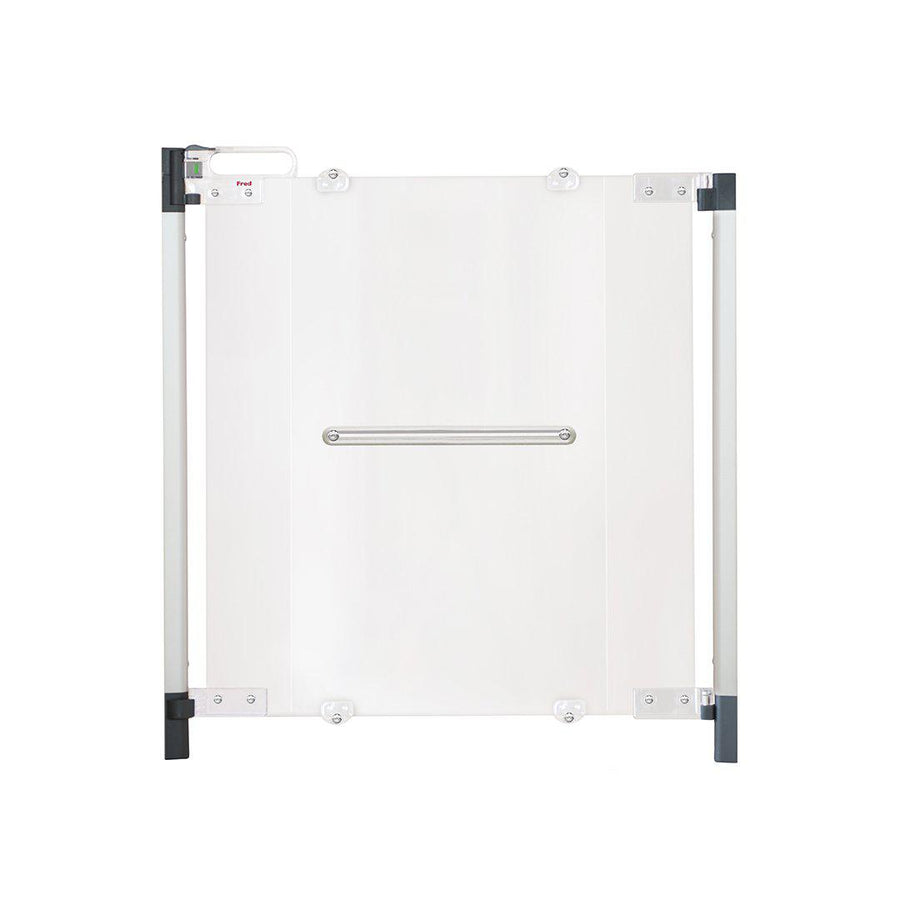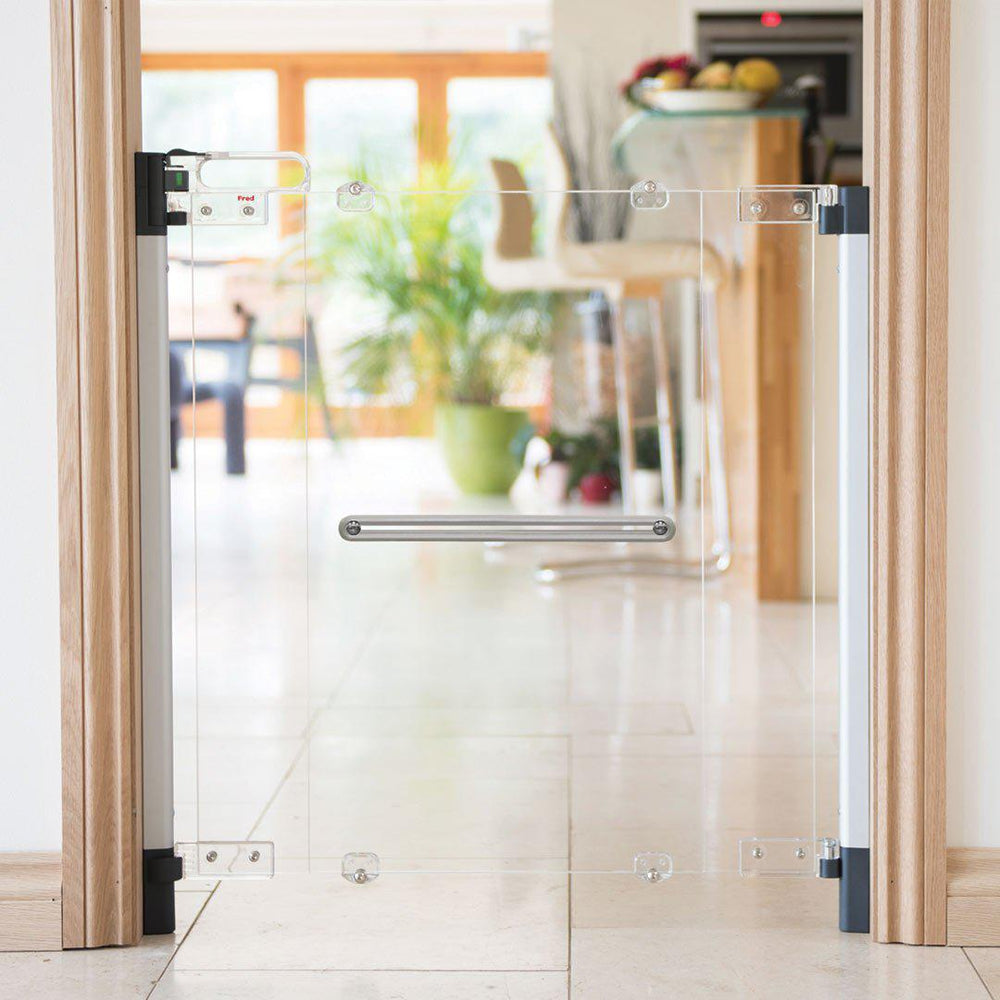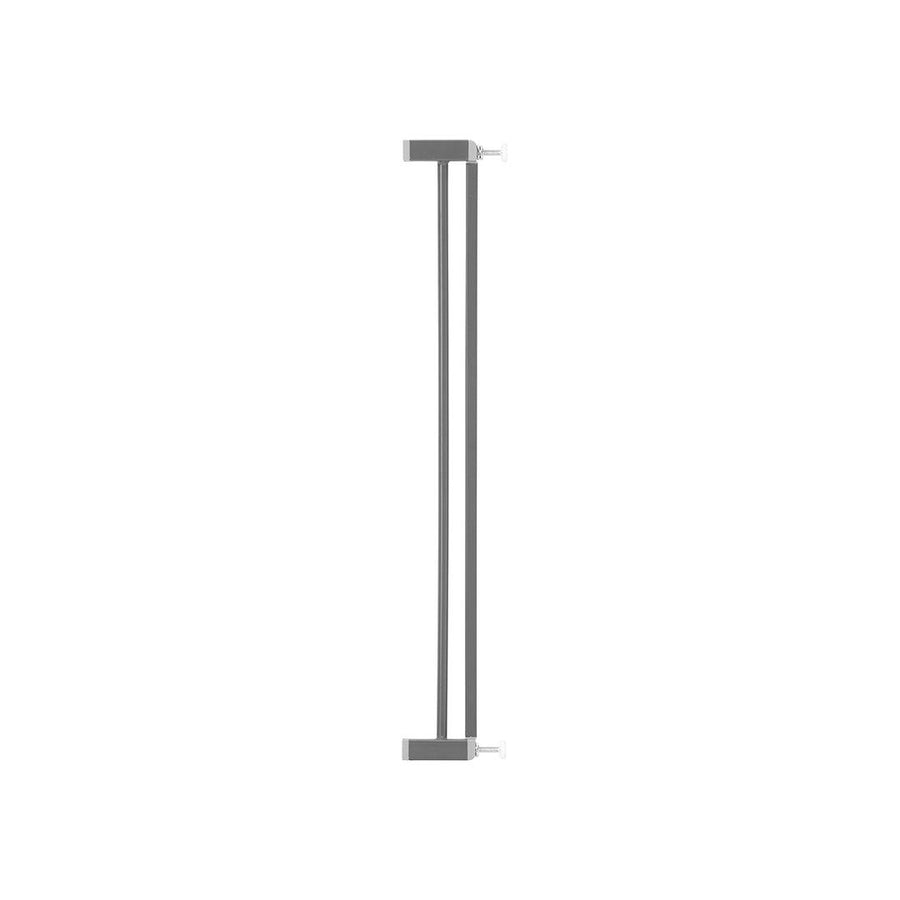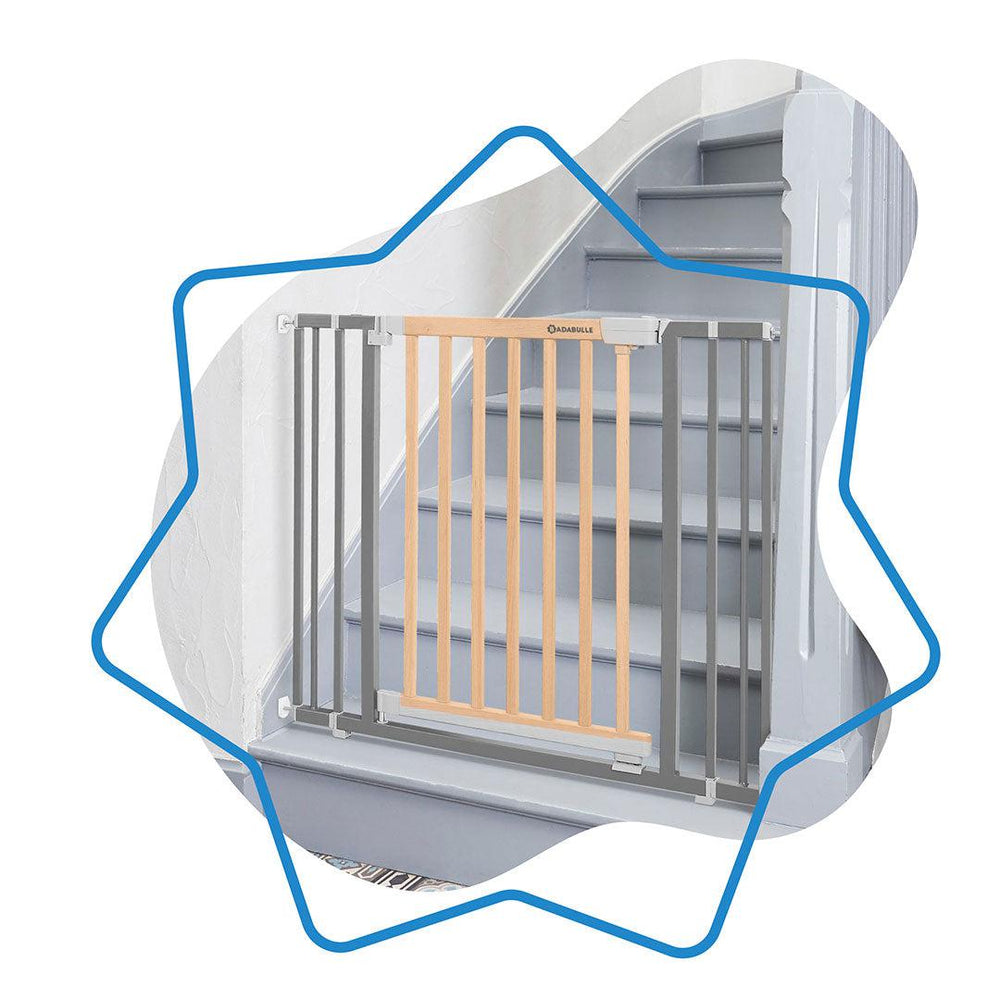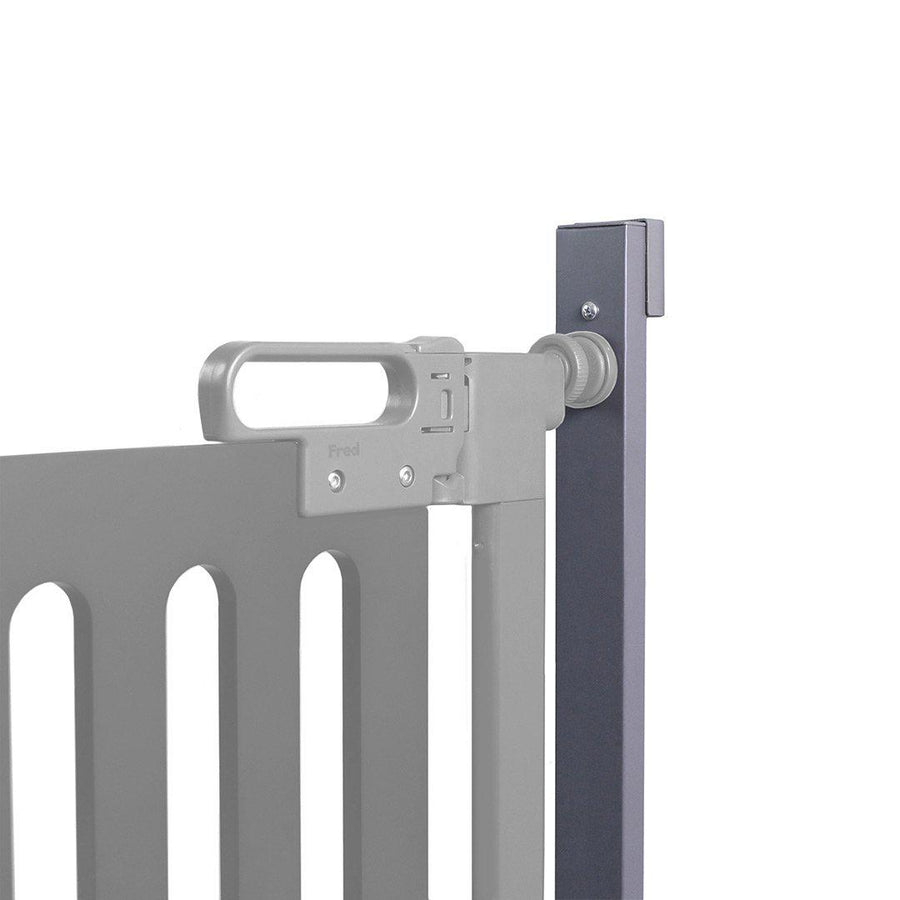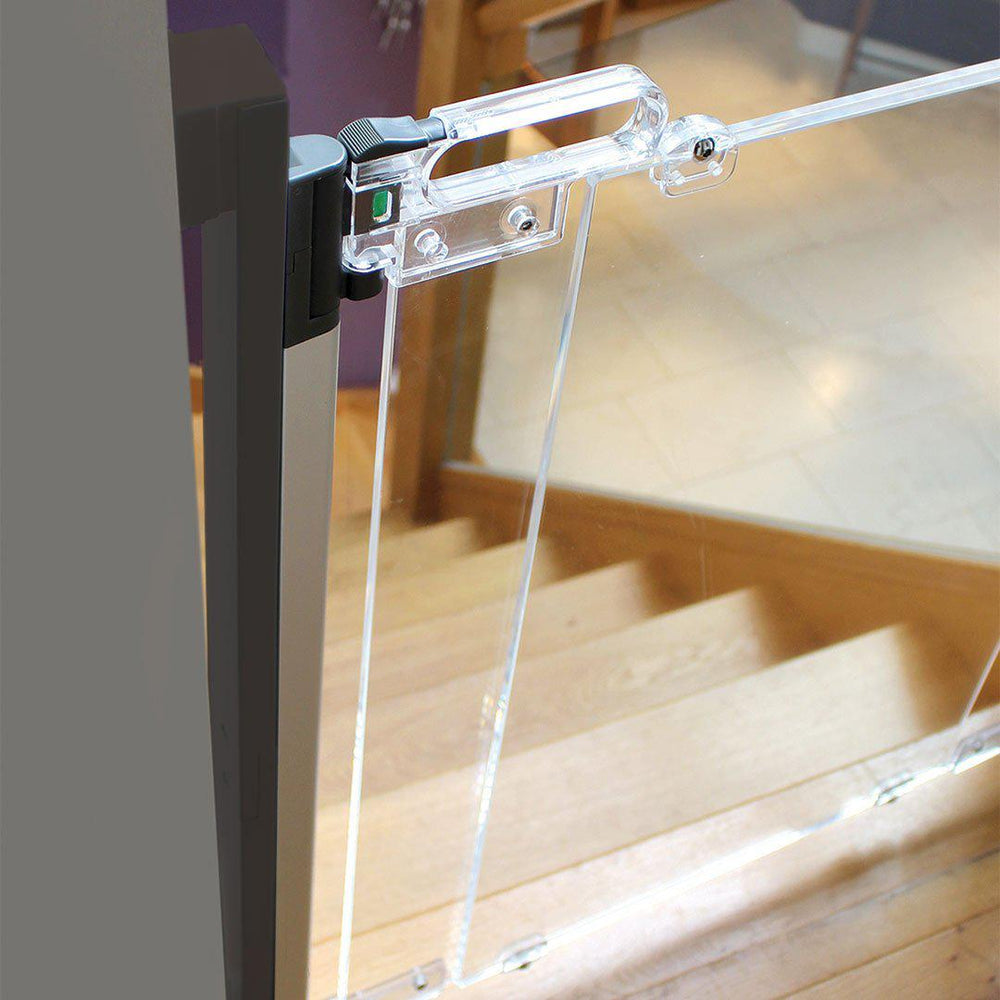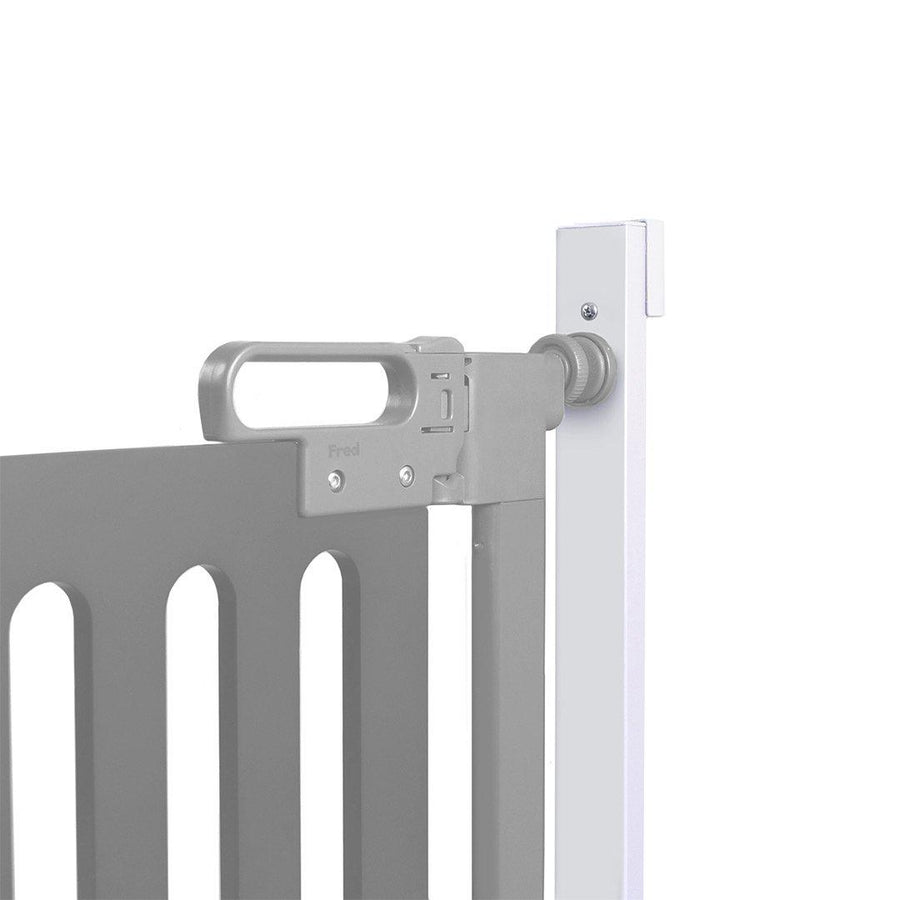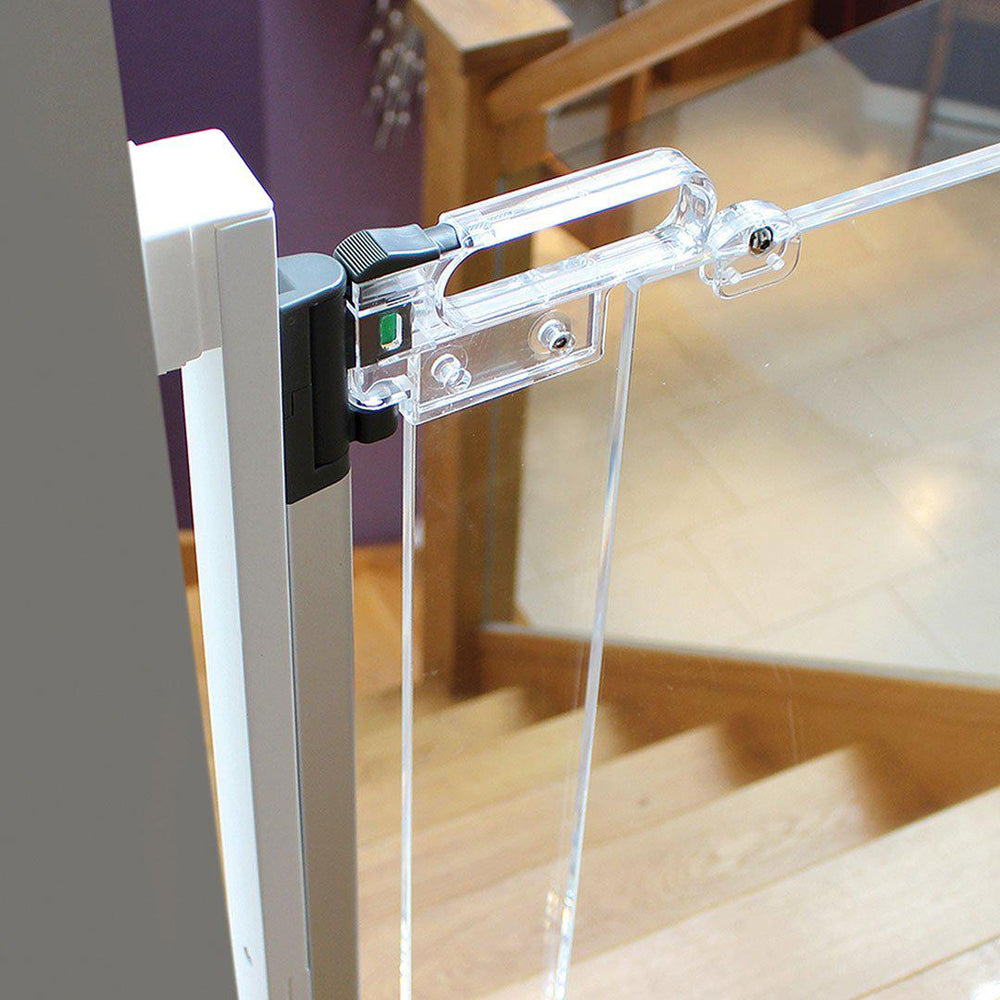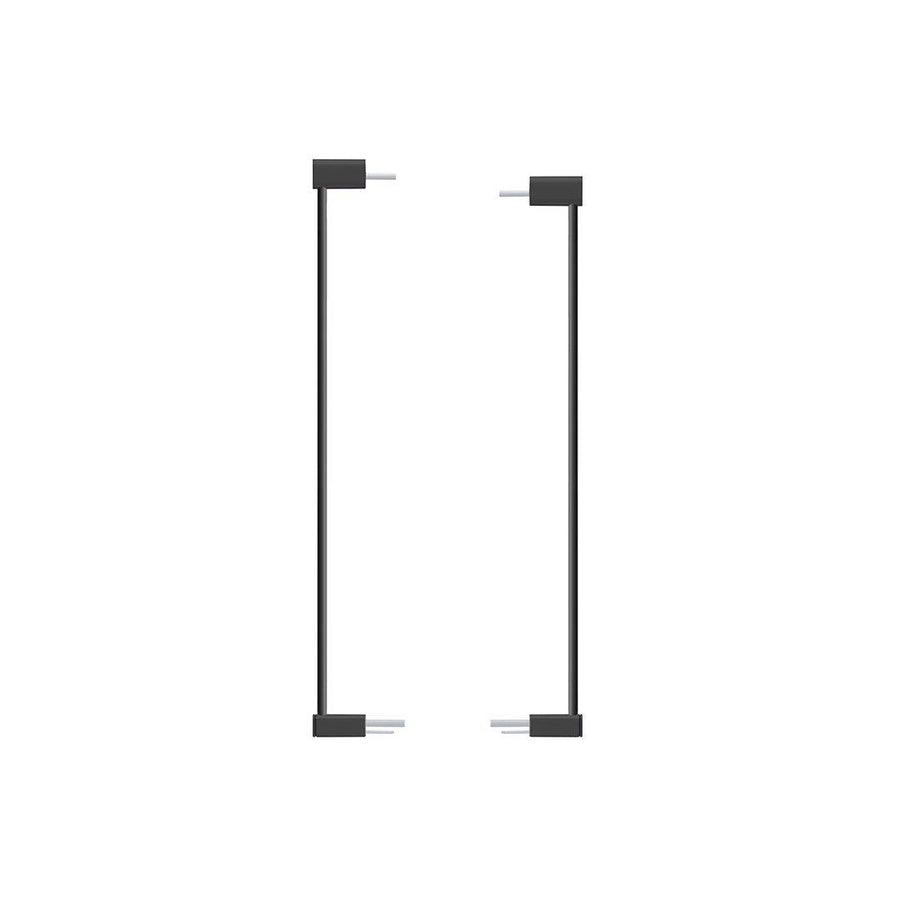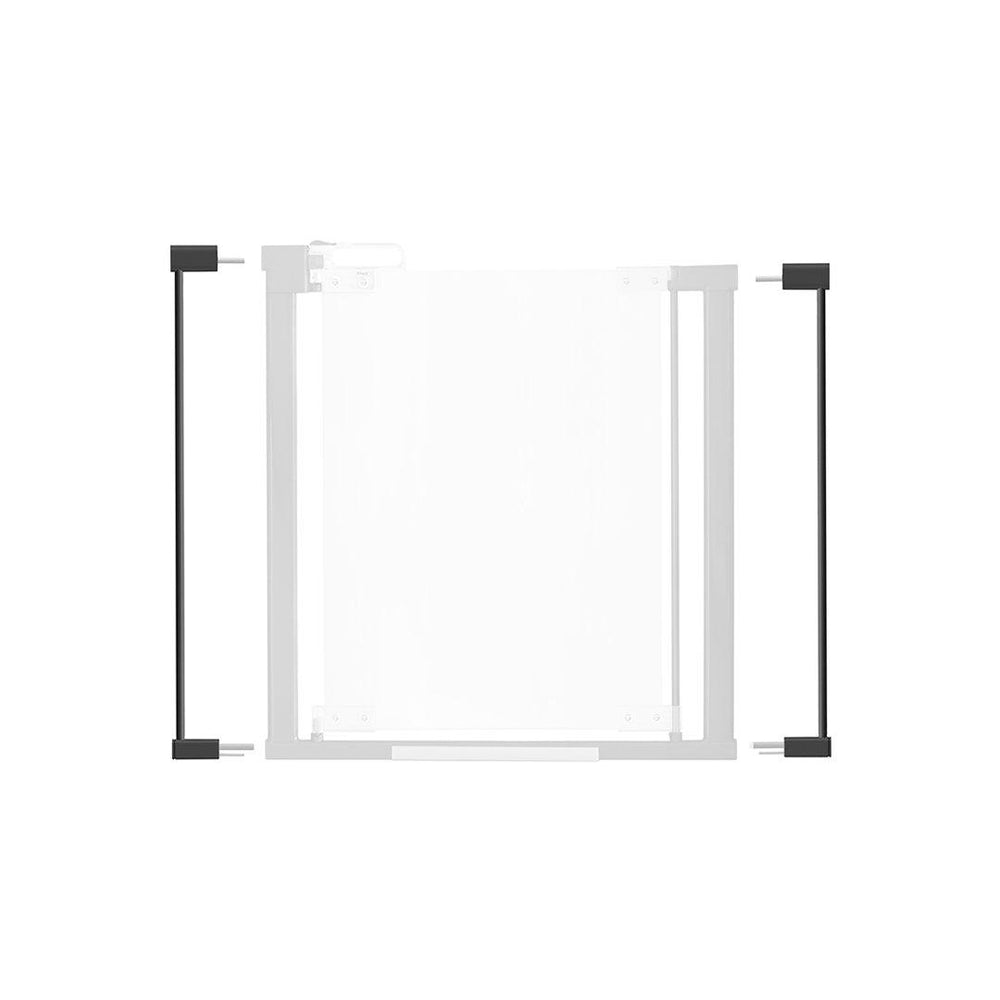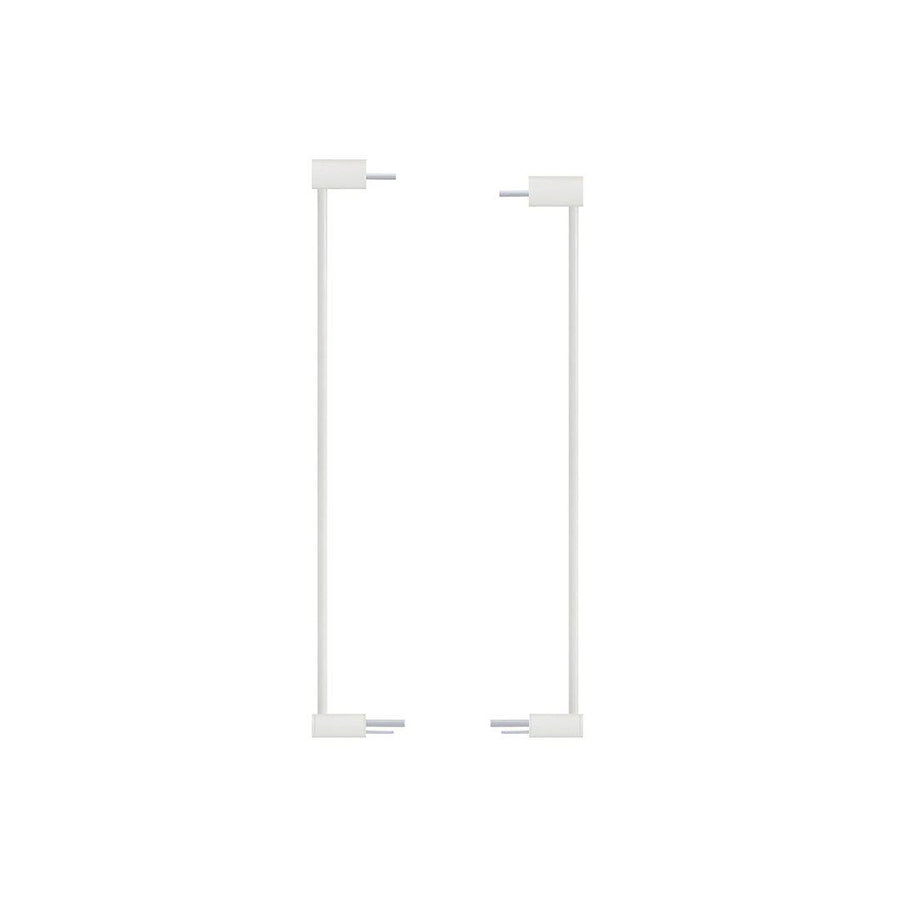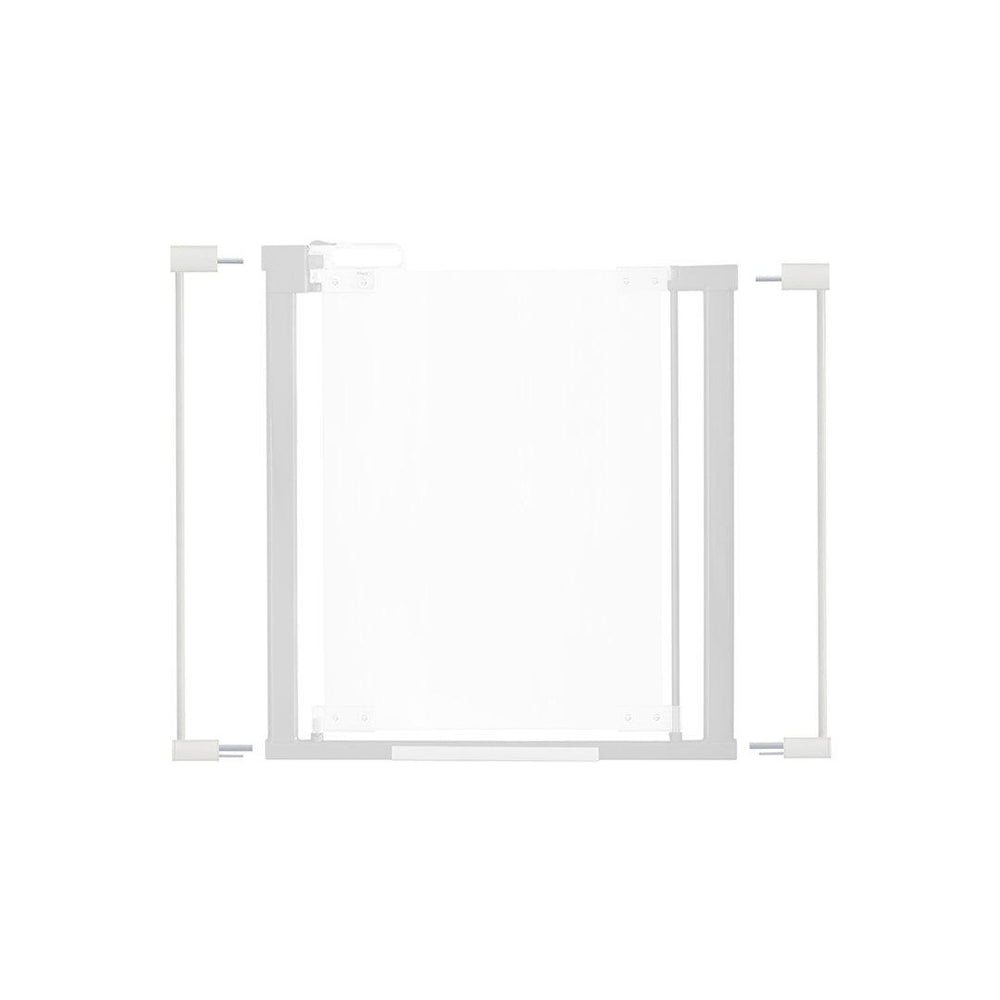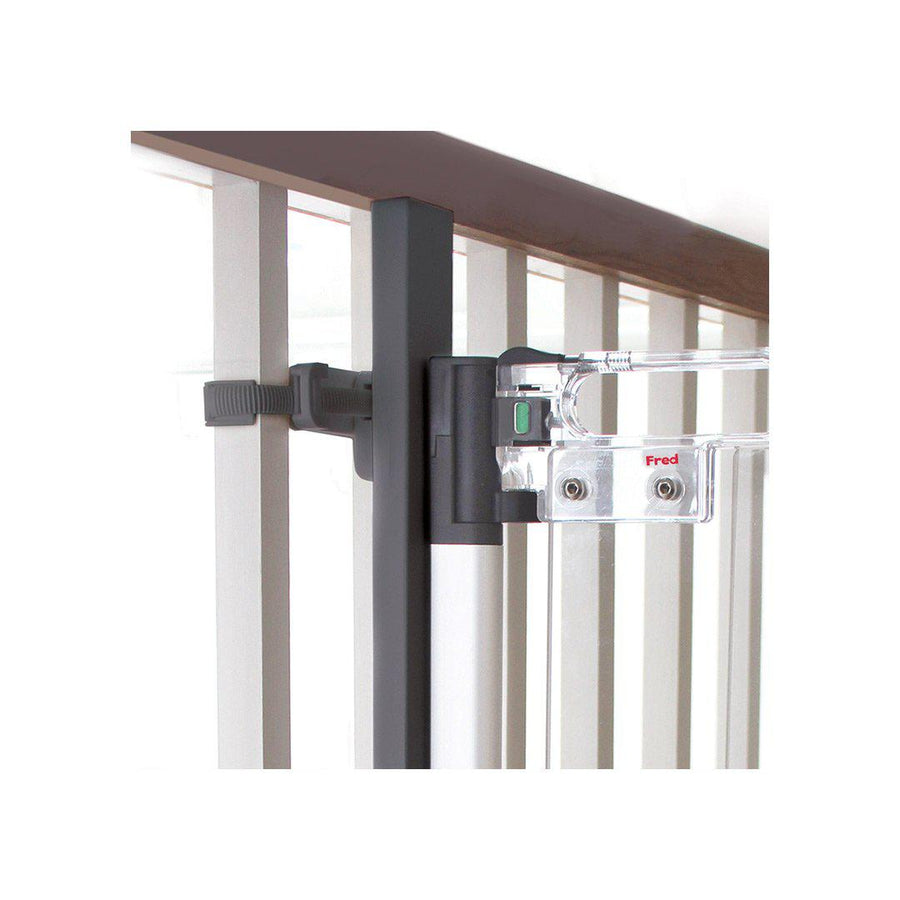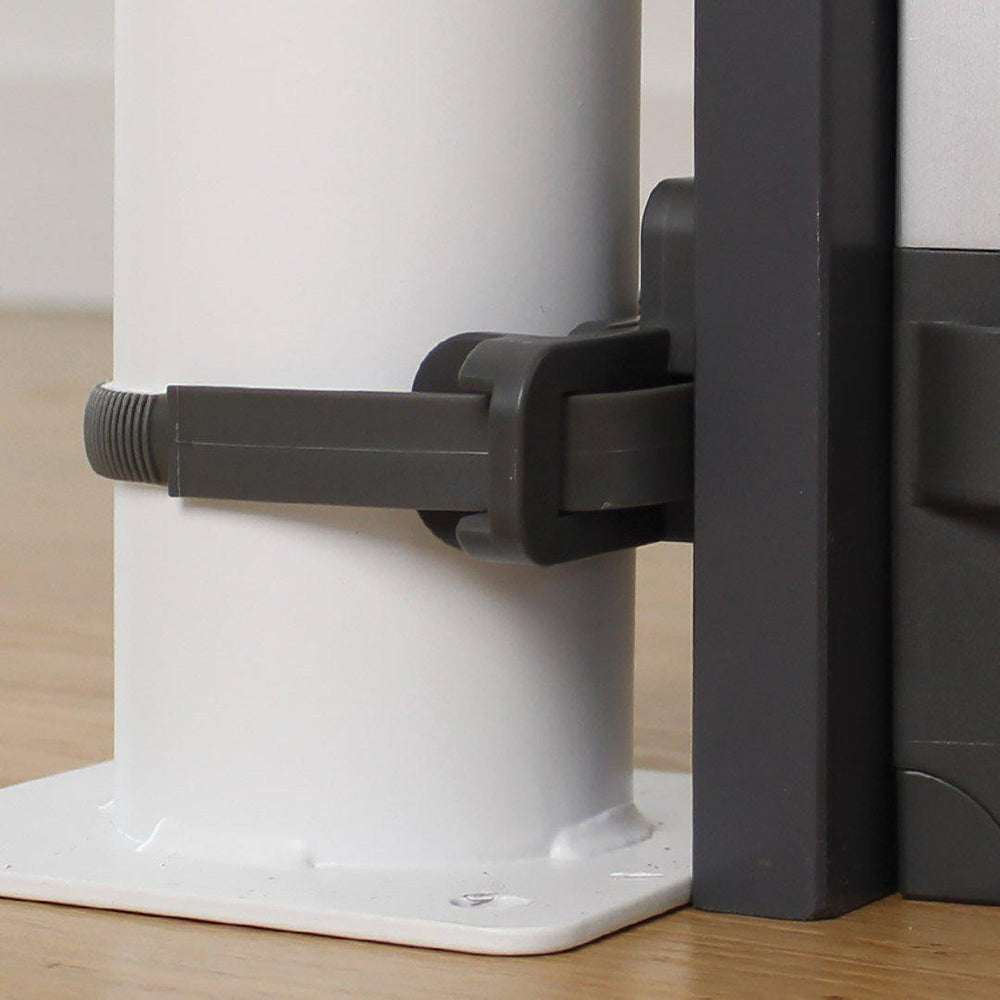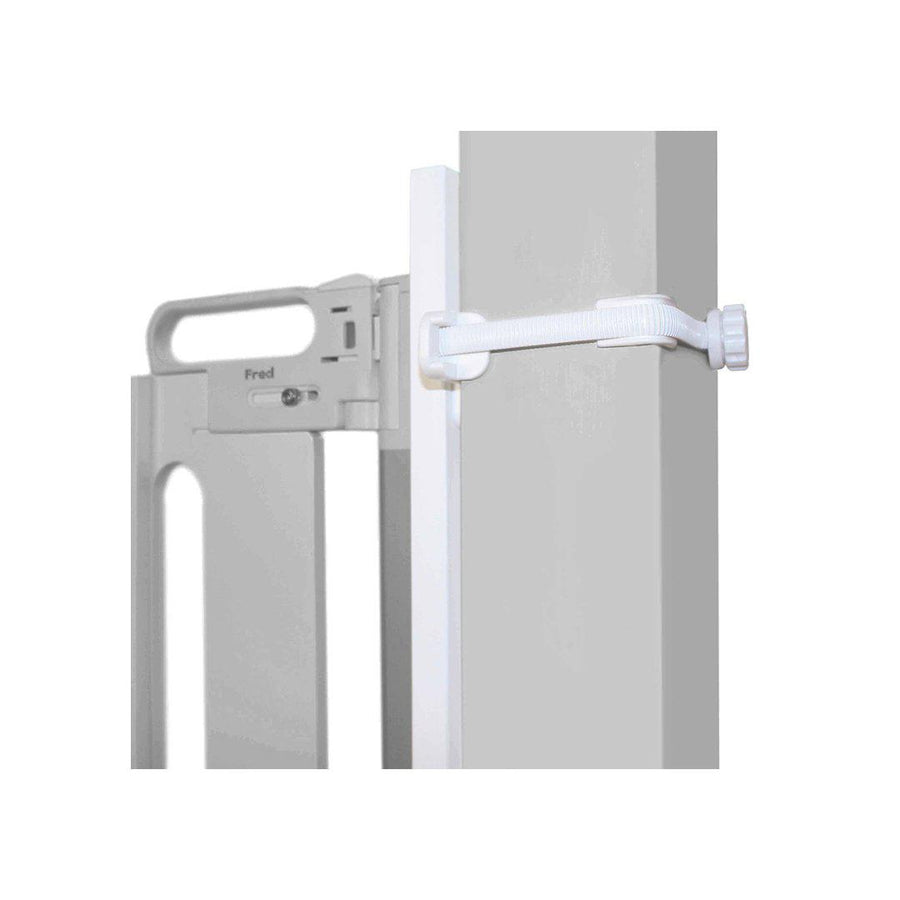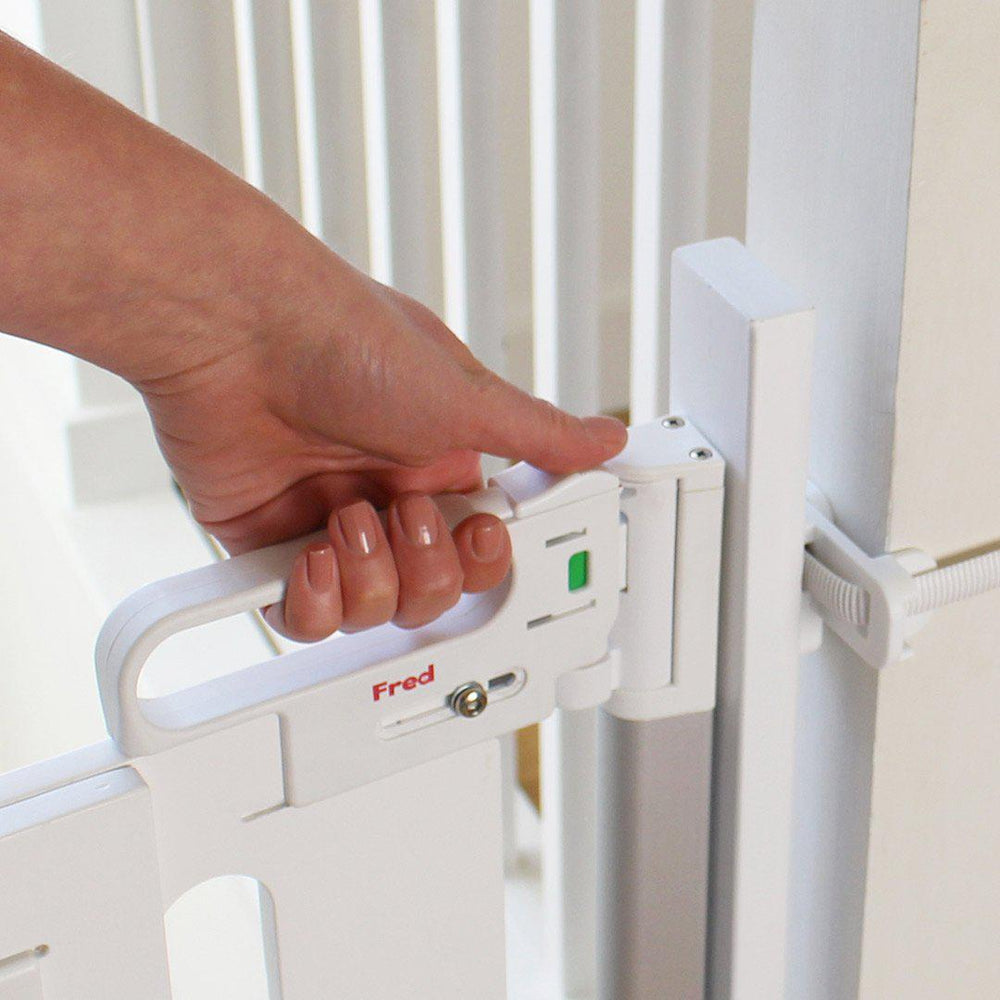- Sale | Offers
-
Pushchairs
Compact | Travel Strollers City | Urban Strollers All Terrain Pushchairs Double | Twin Jogging | Sport Pushchairs -
Travel
Backpacks Handbags | Totes Hospital | Weekend Bags Mini Bags | Organisers Travel Changing Mats Changing Bag Accessories -
Pregnancy
Pregnancy Pillows | Aids Pregnancy Supplements Maternity Support Wear Maternity Underwear Postpartum AccessoriesBreast Pumps | Accessories Breastfeeding Supplements Nursing Pillows Nursing Tops | Covers Bras | Breast Pads Feeding Chairs | Footstools -
Toys
Play Mats | Gyms Rattles | Teethers Pram Toys Soft Books Tummy Time Toys Baby Sensory Comforters Soft ToysSorting | Stacking Toys Pull | Push | Ride On Toys Bath Toys Soft Toys Musical Toys | Instruments Children's Furniture Building | Construction Trains | Vehicles Wooden Toys - Outlet
-
Brands
aden + anais Axkid Avery Row Babiators Baby Jogger BabyBjörn Babymoov BABYZEN bbhugme BellaMoon BeSafe BIBS World BINIBAMBA Boori Britax Römer Bugaboo All Brands A-BCharlie Crane CuddleCo CYBEX DockATot Done by Deer Doomoo Elodie Details Elvie EMU Australia Ergobaby ergoPouch Etta Loves Finnson Fraupow Freerider Co. FRIGG All Brands C-FGaia Baby Globber Glow Dreaming HALO Heitmann iCandy JEM + BEA Joie Joolz KAOS Kyte Baby Lassig LeapFrog Liewood Little Bird Told Me Little Dutch Lola&Lykke Love To Dream All Brands G-LMama Shack Maxi-Cosi Merino Kids Micro Scooters MORI Mountain Buggy Mushie Naturally Sheepskins Nuna Obaby Olli Ella Organic Zoo Owlet All Brands M-O
Your cart is currently empty.
- Sale | Offers

- Outlet

-







